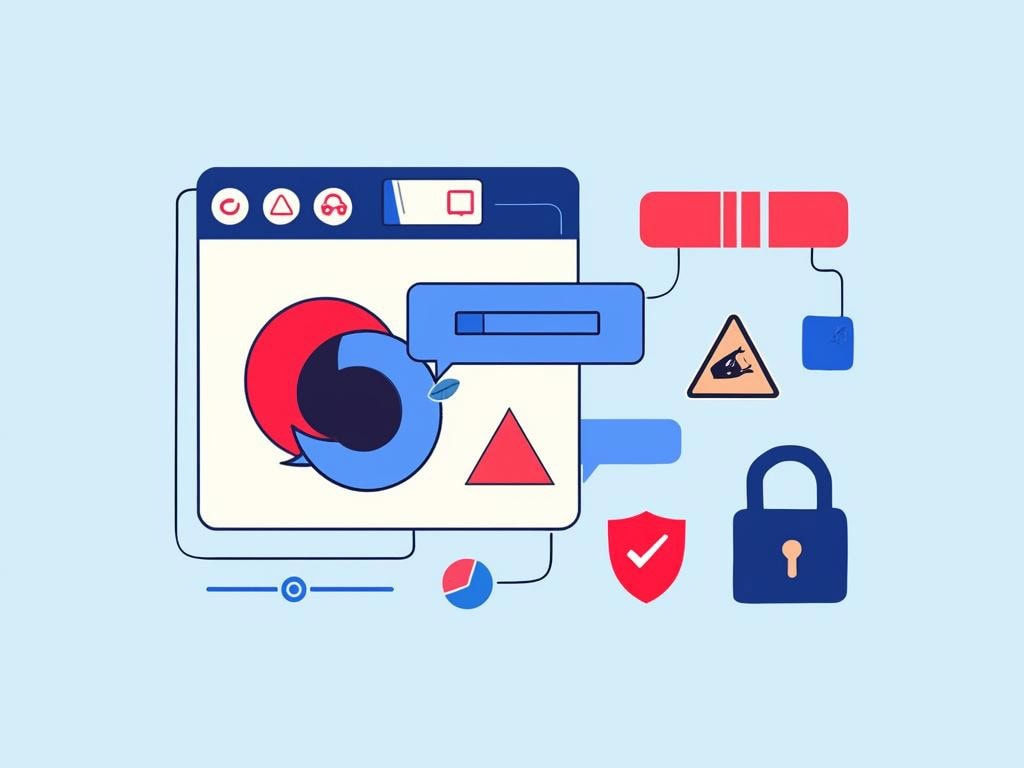Browser Security Crisis: Evolving Threats Demand Innovative Solutions for Effective Protection

Browser Security Crisis: Legacy Tools Failing to Stop Modern Attacks
Traditional cybersecurity tools are proving inadequate against sophisticated browser-based attacks, as enterprises face unprecedented challenges in protecting critical digital assets and infrastructure in 2025. With browsers now handling critical business operations, organizations must adapt their security strategies to address emerging threats.
The fundamental shift of browsers from simple web interfaces to essential business platforms has created significant vulnerabilities that conventional security measures cannot address. This transformation requires immediate attention from security leaders as attackers leverage AI and advanced techniques to exploit browser weaknesses.
Modern Browser Security Landscape
Modern attackers are employing increasingly sophisticated methods to breach enterprise systems. Recent incidents involving vulnerabilities like CVE-2025-6554 and CVE-2025-10585 demonstrate how quickly cybercriminals can exploit new weaknesses, often within days of discovery. These attacks combine multiple techniques, including drive-by downloads and memory corruption, to penetrate corporate defenses.
Malicious browser extensions have become a particular concern. Threat actors are now compromising legitimate developer accounts and manipulating trusted plugins to harvest sensitive data and authentication tokens. Traditional security tools lack the visibility to detect these sophisticated attacks, making implementing comprehensive zero trust security frameworks essential.
AI-Enhanced Attack Vectors
The emergence of generative AI has dramatically changed the threat landscape. Cybercriminals are using AI to create highly convincing phishing campaigns and deepfake content for business email compromise attacks. These AI-powered social engineering tactics are particularly effective because they can:
- Generate hyper-personalized messages that bypass traditional detection methods
- Create convincing deepfake voice and video content
- Leverage social media data for targeted attacks
Advancing Browser Security
Organizations can take several immediate steps to strengthen their browser security through comprehensive unified threat management solutions:
- Implement a Secure Enterprise Browser (SEB) designed for current threats
- Establish strict extension management policies and regular audits
- Maintain aggressive update schedules for all browser software
- Conduct quarterly browser posture reviews
- Provide ongoing security awareness training
"Security is now a browser problem," notes Suresh Batchu, COO and co-founder of Seraphic. "Those who address it with innovation will shape a safer digital future for us all."
The browser security landscape continues to evolve rapidly, requiring organizations to stay vigilant and adaptive in their security approaches. As we move toward 2026, the focus on browser-specific security solutions will become increasingly critical for maintaining effective cyber defenses.
For more information about emerging browser security threats, visit the OWASP Browser Security Project.

